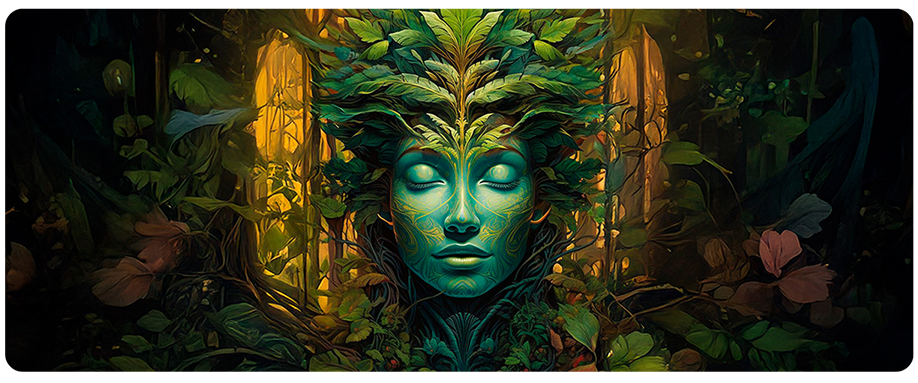What is Shamanism? Origins and Modern Practices

The Origins of Shamanism
The word shaman comes from the Tungus language of Siberia, but the practice is universal. From the shamans of Mongolia to the medicine men of North America and the healers of the Andes, shamanism has been a bridge between the physical and spiritual worlds.
In the Andes, the Q’ero people of Peru preserve an ancient lineage of shamanic wisdom. Their rituals, passed down for centuries, focus on balance with nature and honoring the spirits of the mountains (Apus).
The Core of Shamanic Practices
Although shamanism takes different forms across cultures, several elements are common:
Connection with nature
Shamans see rivers, mountains, and forests as living beings.

Ceremonies and rituals
Ceremonies are central to shamanic life. Through rituals such as drumming, chanting, and offerings, shamans create sacred spaces where healing and transformation can occur. These ceremonies are designed to restore balance between the individual, the community, and the natural world.
Healing Practices
Shamans are often regarded as healers within their communities. Using herbs, energy work, and guided rituals, they address physical, emotional, and spiritual imbalances. The goal is not only to cure illness, but also to restore harmony between body, mind, and spirit.
Spiritual Journeys
One of the most distinctive aspects of shamanism is the journey into the spiritual realm. Through meditation, drumming, or the use of natural plants, shamans enter altered states of consciousness to seek guidance, receive visions, and communicate with the spirit world. These journeys are essential for gaining wisdom and helping others.
Modern Shamanism

Shamanism in the West
In recent decades, shamanism has spread beyond its traditional roots and entered Western culture. Many people seek it as an alternative or complement to modern medicine and psychology, exploring practices like meditation, sound therapy, and energy healing inspired by shamanic traditions.
Contemporary Adaptations
Modern shamans often adapt ancient practices to today’s world. They may integrate elements of psychology, holistic therapies, or even life coaching, while maintaining the essence of shamanic wisdom. This blending allows shamanism to remain relevant and accessible to a wide audience.
Criticism and Misuse
As shamanism grows in popularity, it has also faced criticism. Some argue that cultural appropriation and commercialization distort the original meaning of the tradition. It is important for practitioners and seekers to approach shamanism with respect, authenticity, and awareness of its cultural roots.
Shamanism is more than just an ancient tradition; it is a living practice that continues to inspire and guide people today. By reconnecting with nature and exploring the spiritual dimensions of life, shamanism offers pathways to healing, growth, and deeper understanding.
Ready to experience authentic Andean shamanism? Book a private consultation with Nicolás Pauccar and discover how ancient wisdom can transform your life today.

